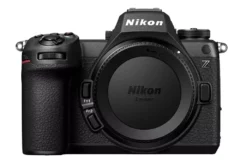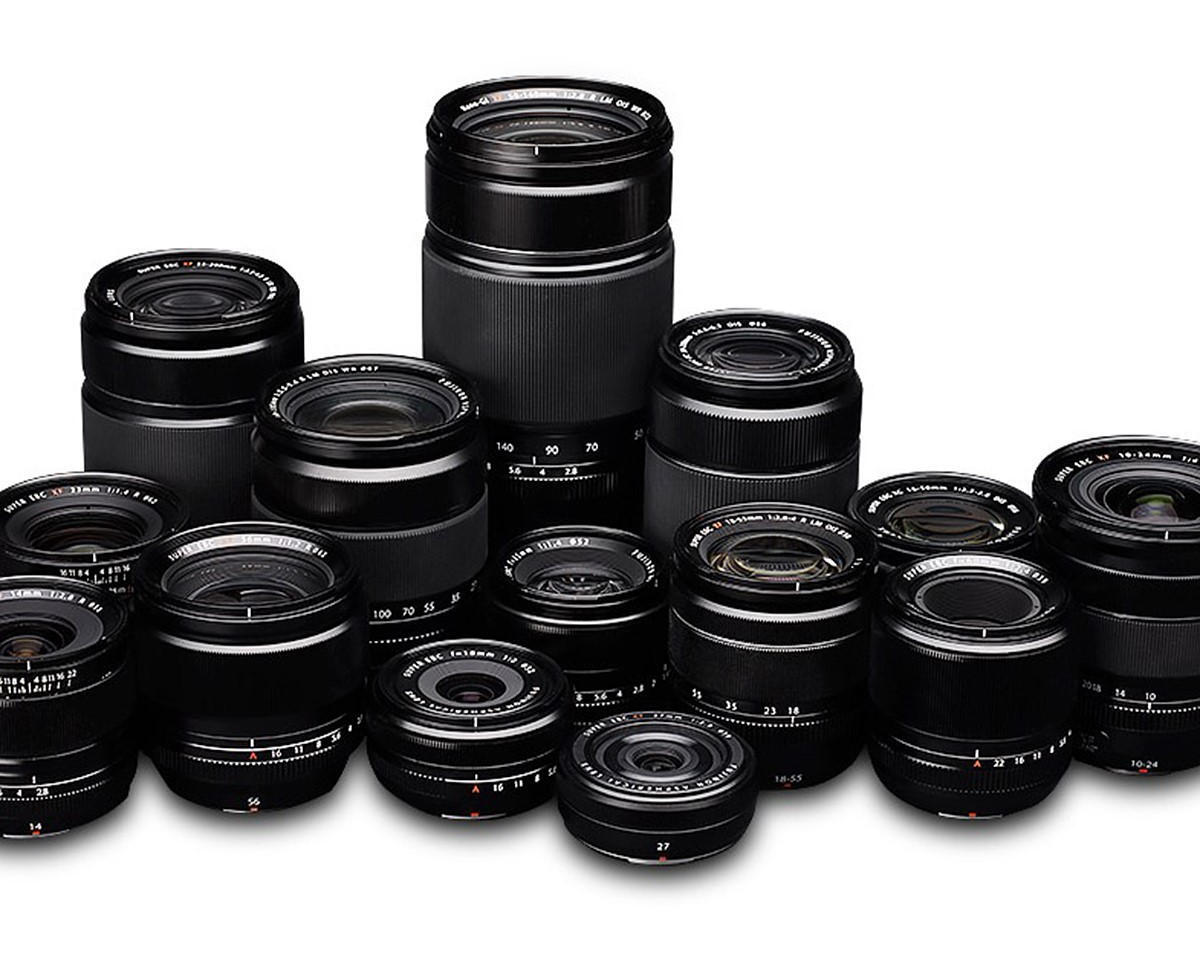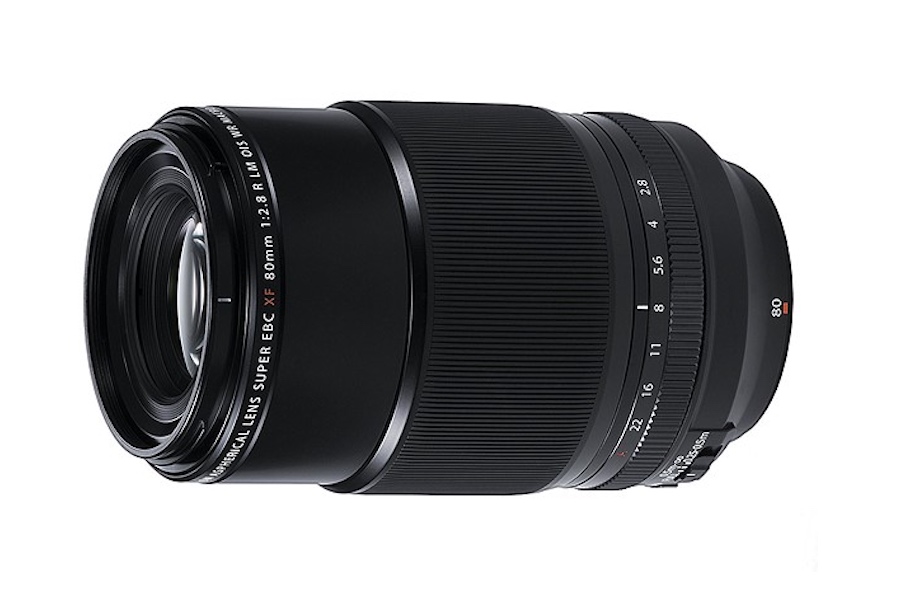Fujifilm Lens Abbreviations and Meanings
Fujifilm Lens Abbreviations and Meanings. We continue to provide information about the abbreviations in the lenses and the meaning of these expressions. In this article, we will look at what the most popular abbreviations used in Fujifilm lenses mean. Even though the use of lens terms differs according to the manufacturer, we can see some common abbreviations. This also applies to Fujifilm lenses.
Fuji Photo Film Co. Ltd was founded in 1934 with the goal of becoming Japan’s first photographic film manufacturer. In the 1940s, achieving its initial goals, the company expanded into the optical glass and equipment industry and produced a variety of products, including X-ray and printing equipment. So Fujifilm has been producing lenses for a very long time. Fujifilm was able to anticipate the approaching transition from film to digital photography thanks to great foresight and made significant strides in a short time. After a period of major restructuring, Fujifilm has emerged as a successful manufacturer of both digital cameras and lenses.
Today, Fujifilm is a highly respected and successful manufacturer of compact digital cameras and mirrorless camera (both APS-c and Medium Format) systems. In this article, we will focus on Fujifilm’s current digital compact camera system with APS-C sized sensors and discuss the most common Fujifilm lens abbreviations you may encounter when looking for a new lens to mount on a model like the Fujifilm X-T30. We will also talk about some common abbreviations found in other Fujinon lenses.
Before going into details about Fujifilm lens abbreviations, let’s talk about a part that has already attracted your attention. You’ll notice that Fujifilm X lenses actually have Fujinon written on them – that’s the name of Fujifilm’s lenses.
Fujifilm X-Mount
The Fujifilm X-mount is the mounting system currently used in Fujifilm’s X-Series digital mirrorless cameras with APS-c sensors. The current X-Mount, launched in 2012, is an all-electronic bayonet mounting system. The X-Mount family, a relatively small system but is constantly expanding as Fujifilm launches new X-Mount lenses and X-series cameras. All Fujifilm X-Mount lenses resolve an image the size of an APS-c format sensor. X-series lenses are categorized in two special classes under the names XF and XC. Or in other words, all X-Mount lenses contain XF or XC in the lens pattern definition embossed on the lens frame.
Fujifilm XF Lenses
XF class lenses are the highest quality X-Mount lenses currently available. XF lenses have fast apertures and high quality ED and ASP elements. XF lenses also feature robust metal barrels that are often weather-resistant. Due to the high quality of their build, XF lenses are more expensive than their XC counterparts, for example the Fujifilm XF 100-400mm f/4.5-5.6 R LM OIS WR costs you $1,899. XF Zoom lenses can be identified by the embossed “XF ZOOM” mark on the lens barrel, XF prime lenses are usually much smaller and carry no distinguishing mark other than the inclusion of “XF” in the lens model description.
See. Best Lenses for the Fujifilm X-T3
Fujifilm XC Lenses
XC class lenses can be viewed as Fuji’s budget X-Mount lenses. There are currently few XC lenses, both have plastic barrels and lack the aperture rings often found in the XF R brothers. XC lenses also have slower aperture, but still include ED and ASP elements to ensure consistent and high image quality. Often offered with Fujifilm’s lower priced mirrorless cameras. These lenses can be physically interpreted by adding “XC” to the model definition.
Fujifilm Lens Abbreviations and Meanings of Letters
R – You will see an R on most Fujifilm lens letters. The “R” refers to the ring as in the lens aperture ring. All lenses with an R mark mean you can adjust the aperture by rotating the ring on the lens closest to the lens barrel. By rotating the ring, you don’t physically stop or open the aperture like you would with an old manual focus lens, but instead tell the camera to change the setting as you would with a simple control dial. The aperture can be changed in 1/3 step.
LM – Refers to manual focus operation with the Linear Motor and Fujinon X-mount lenses used for lens element movement during autofocus. In a nutshell, LM lets you know that the lens is focused with a Linear Motor. It is not a ring-type ultrasonic autofocus motor and is therefore different from Canon’s USM and Nikon’s SWM technology, but still provides quiet operation and good speed. Lenses without an LM motor use a normal coreless DC motor for auto focus.
OIS – Optical Image Stabilization is Fujifilm’s alternative to Nikon VR and Canon IS systems. It is designed to move some of the optical elements of the lens and provide sharper results when using a slow shutter speed for static subject shooting. Fujifilm claims an equally competitive improvement in holdability up to approximately 4-4.5 stops. The first lens to include Fujifilm’s OIS is the Fujinon XF 18-55mm f/2.8-4 R LM OIS. OIS uses a similar type of Linear Motor that is also used for autofocus.
WR – Fujifilm “WR” lenses are “Weather Resistant“. The lens is constructed using a series of moisture and dust seals designed to protect the lens against thick dust and water ingress. Fuji does not give WR lenses an IP rating, and WR lenses are not designed to be submerged, but they will continue to be worn without being damaged by heavy rain or dusty conditions! Weatherproof lenses have the abbreviation WR in the lens model designation
EBC – The abbreviation “EBC” stands for “Electron Beam Coating” and is Fuji’s multi-layer lens coating system designed to increase light transmission and prevent glare and ghosting. Super EBC is the latest version of this technology. If a lens features EBC or Super EBC, the EBC or SUPER EBC will be printed next to the lens model description on the lens frame, but the lens is not included in the model description, such as the Fujifilm XF 23mm f/1.4 R but has an EBC coating.
PZ – PZ abbreviation for lens is the abbreviation of Power Zoom. These lenses have a small, quiet motor that activates zoom. Instead of directly zooming the lens by rotating a zoom ring, you rotate a ring controlling the motor. This allows for smoother zoom, which is useful for movie recording. This feature is currently only available on the XC15-45mm.
ALG – All Group Focus means that all the optical elements of the lens are moved during the focusing process. This maximizes optical performance throughout the focal range.
APD – This lens abbreviation is the abbreviation for Apodization filter. Currently this is only available on the Fujifilm 56mm f/1.2 APD lens. The apodization filter built into the lens is a special filter that portrait photographers love. This filter helps your subject stand out against the background, creates a more natural separation between the foreground and background, and blurs out-of-focus areas around the edges even more.
Red Badged Zoom Series – Red Badged Zoom
Red Badge Fuji XF lenses offer the best performance in focusing speed and image quality. A wide range of FUJINON lenses with Red Badge, XF 8-16mm f/2.8 R LM WR, XF16-55mmF2.8 R LM WR, XF50-140mmF2.8 R LM OIS WR and XF100-400mmF4.5-5.6 R LM OIS WR lenses. High-speed AF, high-speed burst shooting and improved response time enable you to work successfully on even the most difficult photographic subjects.
- Fujinon XF 8-16mm F/2.8 R LM WR
- Fujinon XF 16-55mm F/2.8 R LM WR
- Fujinon XF 50-140mm F/2.8 R LM OIS WR
- Fujinon XF 100-400mm F/4.5-5.6 R LM OIS WR
Special Fujifilm X-Mount Lens Abbreviations
There is only one special class of lenses in the current Fujinon X-mount lens line. Hopefully, tilt-shift lenses will come out soon.
Macro – Fujinon macro lenses, like any macro lens on the market, are designed to provide good magnification with a relatively short minimum focal length. There are several macro lenses in the Fujifilm lineup. These lenses are great for portraits and close-up work. They allow you to focus extremely close to the subject and take distortion-free photos for realistic life-size photos.
Legacy Fujinon Lens Abbreviations
Older, manual focus lenses manufactured by Fujifilm share some of the abbreviations described above, such as EBC coating. There are also old X-Fujinon macro lenses. However, older Fujifilm lenses have additional terminology. Here is a short list of some of these abbreviations:
F – The letter F in the name lens means it is a fisheye lens.
SW – The letters SW in the lens name mean it is a super wide angle lens.
W – The letter W in the lens name means it is a wide angle lens.
Z – The letter Z in the lens name means it is a zoom lens.
T – The letter T in the lens name means it is a telephoto lens.
M – The letter M in the lens name means it is a macro lens.
DM – lens allows automatic aperture control (Flip Mode).
Such lenses can be used by the cameras that support them in Program, Shutter priority, Aperture priority and Manual exposure modes. Non-DM lenses can only be used in Aperture priority and Manual modes.
Fujifilm G Bayonet / G-Mount Lenses
G-Mount is the mounting system used in Fujifilm’s new GFX-Series mirrorless medium format digital cameras. The GFX 50S is the first camera to use the G-Mount, a fully electronic bayonet mounting system. At the time of writing there is only one class of G-mount lens called “GF“; Currently, the system has reached 12 GF lenses. G-Mount lenses can be identified by adding a “GF” to the lens model designation and an embossed “GF Fujinon” mark on the lens frame.
Fujifilm Lens Abbreviations – Example
XF80mmF2.8 R LM OIS WR Macro
This X-mount lens is a metal XF Macro lens with a maximum aperture of f/2.8, aperture control ring, linear motor focus, optical image stabilization and weather-resistant construction.
We’ve tried to summarize Fujifilm lens abbreviations and their meanings in different categories. If the letters on the lens do not make sense to you, you can comment by stating the name of the lens. Thanks for reading.
via Fotopedi










